Ferrite Testing Services
About Ferrite Testing Services
Ferrite Content Analysis is a Non-Destructive Testing (NDT) method that provides crucial data for assessing austenitic stainless steel and duplex materials.
Purpose and Benefits:
The delta ferrite percentage or Ferrite Number (FN) allows for a technical evaluation of:
- Corrosion susceptibility
- Mechanical properties
- Service suitability and reliability
Testing Requirements:
- Proper ferrite testing requires both a minimum material thickness and a minimum specimen size.
- Test results are interpreted following current specifications and/or customer requirements.
- Reports may include drawings to indicate tested locations when necessary.
Applications:
Ferrite Testing applies to inspecting:
- Austenitic stainless steel and duplex stainless steels
- Welds (including tubing)
- Normal construction steel with austenitic chrome alloy steel welded cladding (e.g., boilers, vessels)
- Weldments, castings, forgings, weld overlays, and wrought materials
- Butt/fillet welds
- Stainless weld overlays on non-ferrous interfaces
- In-service and in-construction components
Advantages:
- Fast and accurate analysis
- Utilizes highly portable digital technology
- Offers variable calibration in both Ferrite Number (FN) and % Ferrite using AWS Standards
- Testing instruments comply with ANSI/AWS A4.2 and DIN EN ISO 8249 standards
- Calibration is traceable to internationally approved IIW secondary calibration standards
Limitations:
- Not suitable for materials above 125 deg F
- Surface preparation is critical for accurate results
- Requires both a minimum material thickness and specimen size
- The specimen's shape may affect results; correction calculations may be possible in some cases
Ferrite Content Analysis is a vital tool for ensuring material integrity, particularly in industries reliant on corrosion resistance, mechanical strength, and long-term service reliability.
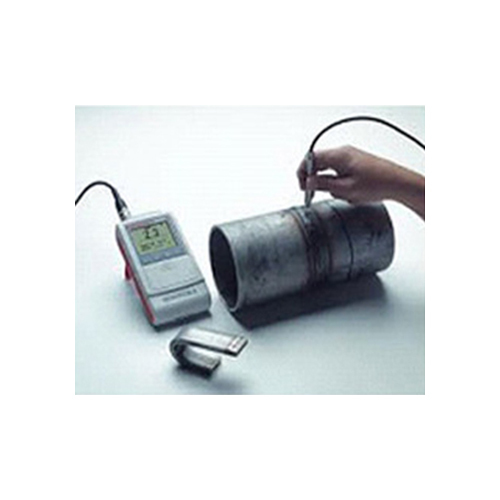
Tell us about your requirement

Price:
Quantity
Select Unit
- 50
- 100
- 200
- 250
- 500
- 1000+
Additional detail
Mobile number
Email

 Send Inquiry
Send Inquiry
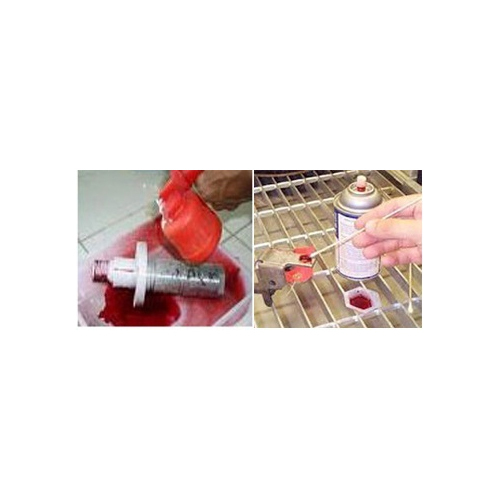
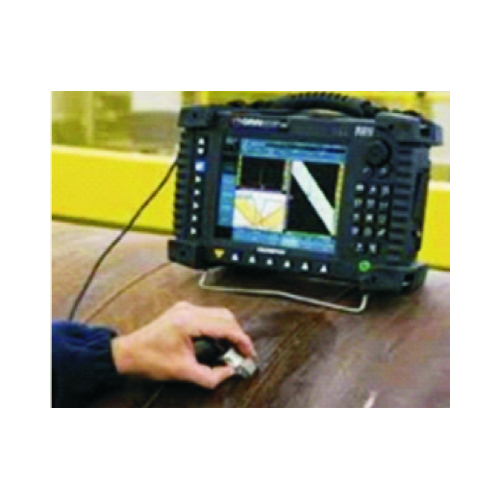
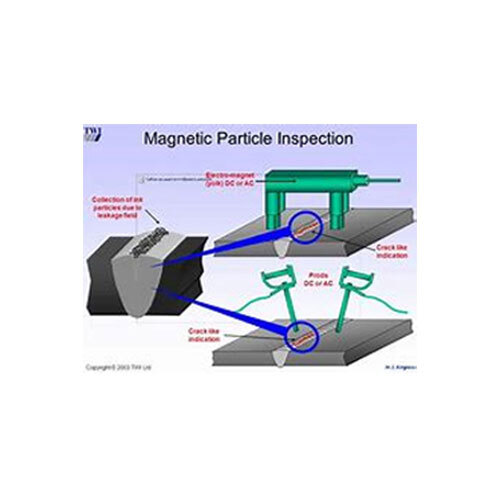
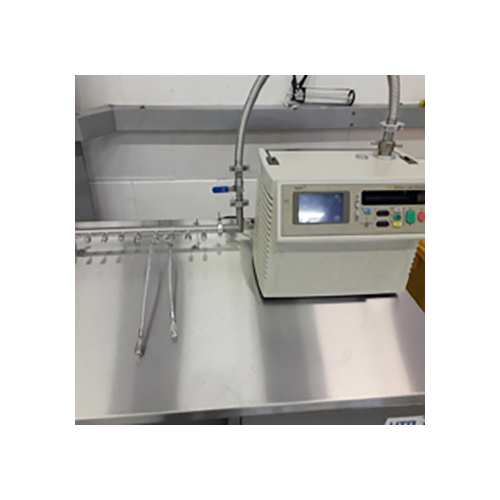


 Send Inquiry
Send Inquiry Call Me Free
Call Me Free English
English Spanish
Spanish French
French German
German Italian
Italian Chinese (Simplified)
Chinese (Simplified) Japanese
Japanese Korean
Korean Arabic
Arabic Portuguese
Portuguese